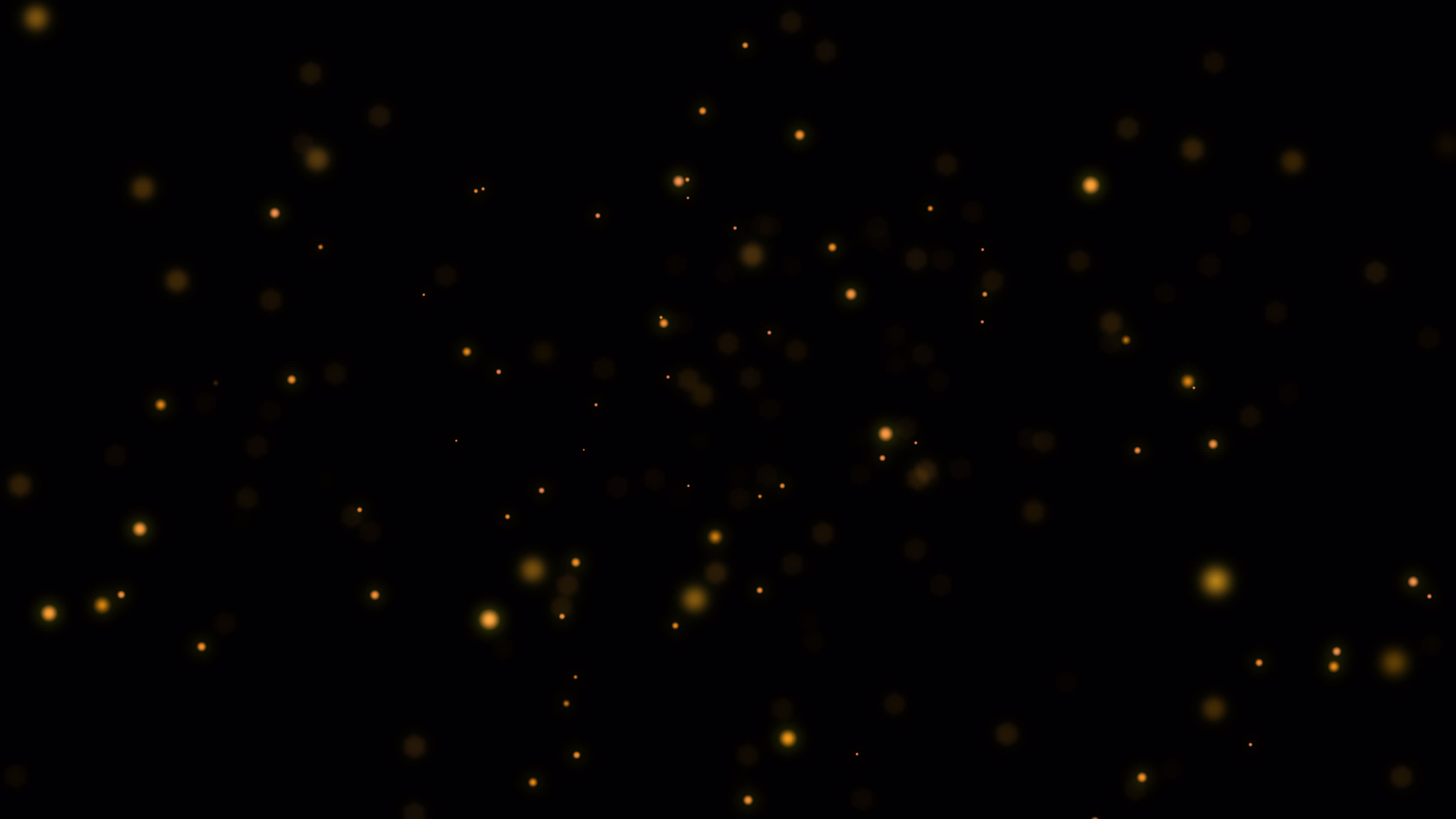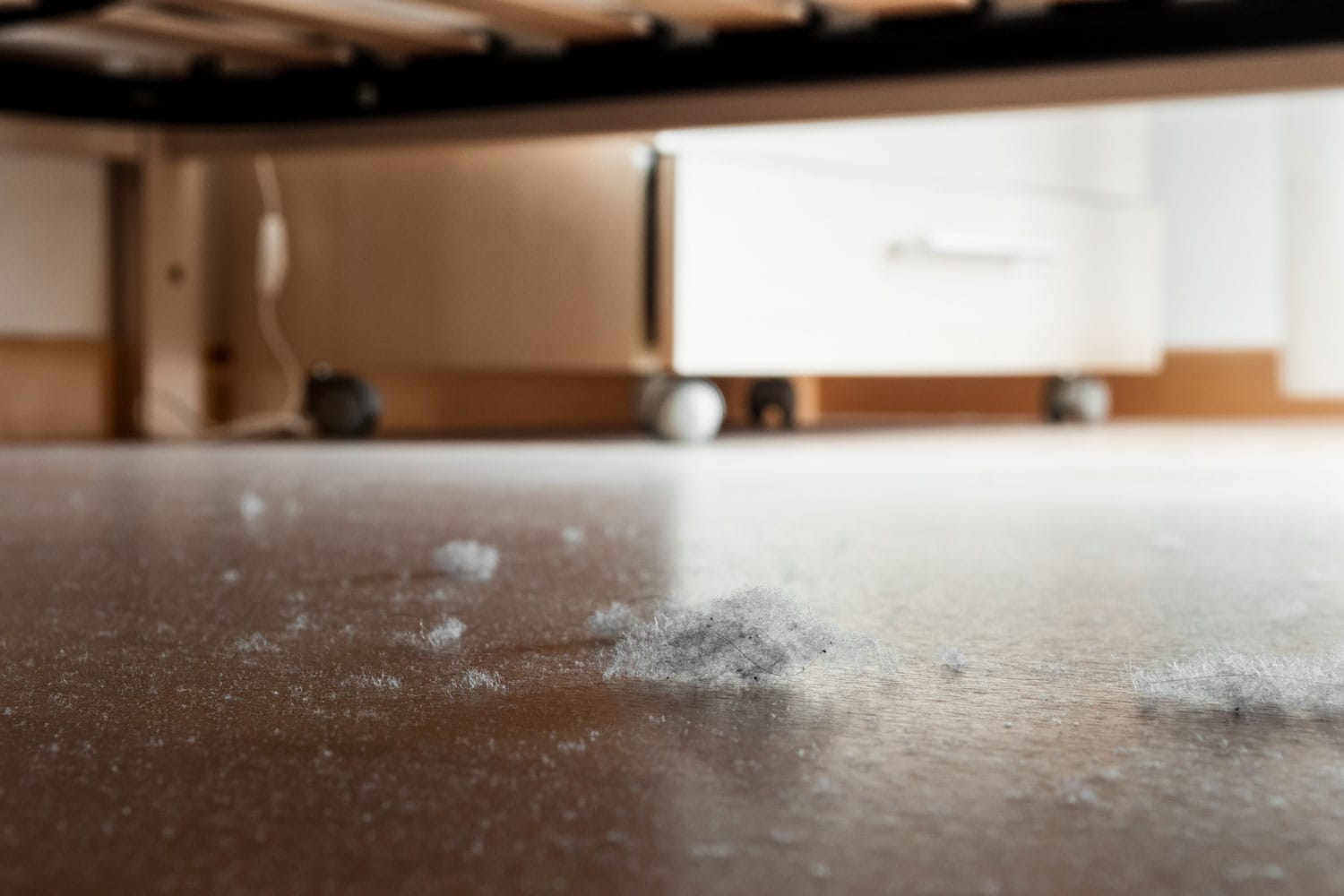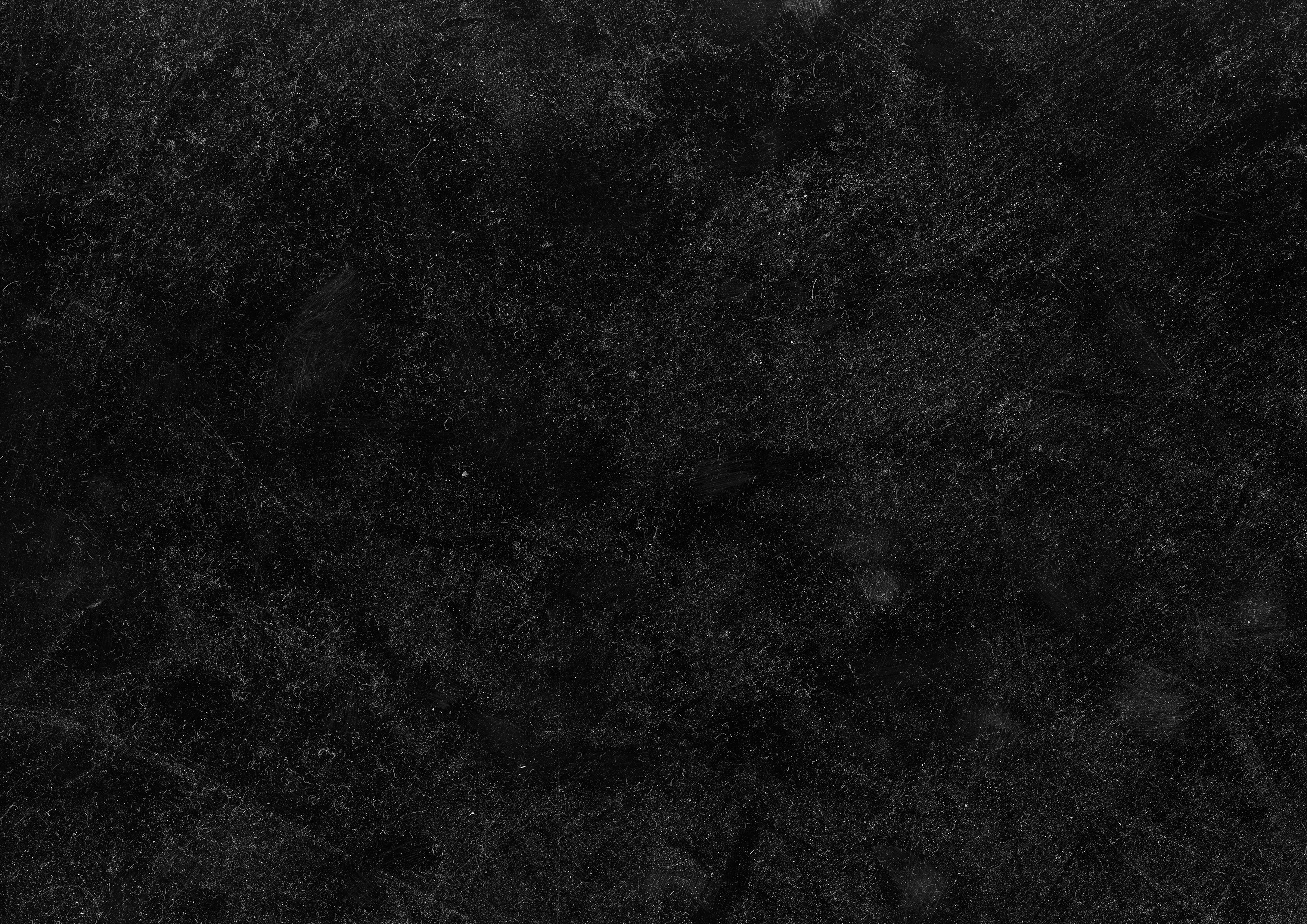Causes of Black Dust: Black Dust On Bathroom Floor

Black dust in your bathroom can be a real bummer, making your space feel grimy and uninviting. But before you start scrubbing like crazy, it’s important to figure out where this pesky dust is coming from. Understanding the root of the problem can help you tackle it more effectively and prevent it from returning.
Sources of Black Dust
Black dust in bathrooms is usually a combination of things, but here are some of the most common culprits:
- Mold and Mildew: These tiny organisms thrive in damp, dark places, and bathrooms are their happy place. They produce spores that can be black, gray, or even greenish, and they can easily accumulate on surfaces, making your bathroom look dusty. If you see black spots or streaks, especially in corners or around the shower, mold or mildew might be the culprit.
- Dirt and Debris: Dust, hair, skin cells, and other debris can accumulate in your bathroom over time, especially if you don’t clean regularly. This dust can appear black, especially if it’s mixed with other things like hair or soap residue.
- Hair: It’s no secret that bathrooms are hair magnets. Hair from showering, brushing, or even pet shedding can easily build up on the floor and look like black dust, especially if you have dark hair.
Environmental Factors
Certain environmental factors can make black dust more likely to appear and stick around in your bathroom. Here’s what you need to know:
- Humidity: Bathrooms are naturally humid places because of showers and baths. High humidity is a breeding ground for mold and mildew, which contribute to black dust. The more humid your bathroom, the more likely it is to have black dust.
- Ventilation: Poor ventilation allows moisture to linger in the air, creating a perfect environment for mold and mildew growth. Make sure your bathroom has an exhaust fan and use it every time you shower or bathe to remove moisture.
- Location: Bathrooms located in areas with high levels of air pollution or near sources of dust and dirt are more prone to black dust accumulation. This is because these areas have more particles in the air that can settle in your bathroom.
Health Risks, Black dust on bathroom floor
While black dust might not seem like a big deal, it can actually pose some health risks, especially if it’s mold or mildew:
- Allergies: Mold and mildew spores can trigger allergies in some people, causing symptoms like sneezing, runny nose, itchy eyes, and even asthma.
- Respiratory Issues: Inhaling mold or mildew spores can irritate the lungs and lead to respiratory problems, especially in people with asthma or other respiratory conditions.
Identifying the Source

Okay, so you’ve got this black dust on your bathroom floor, and you’re wondering where it’s coming from. It’s like, “What’s the deal with this dark stuff?” Well, finding the source is the first step to getting rid of it.
Visual Inspection
First things first, take a good look at the black dust. What does it look like? Is it fine and powdery, or more like tiny granules? Is it evenly spread out, or clumped together? Does it have a particular texture or sheen? These details can give you clues about what it might be.
Odor Analysis
Next up, get your nose involved. Does the dust have any kind of smell? Is it earthy, musty, metallic, or something else entirely? Smells can be a dead giveaway to the source of the dust. For example, if it smells like mildew, then it’s probably mold.
Potential Testing Methods
Sometimes, visual inspection and smell aren’t enough. You might need to do some more investigating. Here are a few testing methods you can try:
- Microscope: If you have a microscope, you can take a closer look at the dust particles. This can help you identify the source more precisely.
- Water Test: Take a small amount of the dust and put it in a glass of water. If it dissolves, it’s probably a water-soluble substance like salt or sugar. If it doesn’t dissolve, it’s probably something else, like dirt or mold spores.
- Magnets: If the dust is attracted to a magnet, it might contain iron or steel particles. This could indicate a source like rust, wear and tear from metal objects, or even a leaking pipe.
Common Types of Black Dust
Here’s a table that lists some common types of black dust, their sources, and potential solutions:
| Type of Dust | Common Source | Potential Solutions |
|---|---|---|
| Mold Spores | Dampness, leaky pipes, poor ventilation | Clean and dry the area, use a mold-killing spray, improve ventilation |
| Soot | Burning candles, fireplaces, smoke from outside | Clean with a damp cloth, consider air purifiers |
| Dirt and Debris | Shoes, outdoor air, construction dust | Regular cleaning, use doormats, keep windows closed during construction |
| Rust | Leaking pipes, metal objects | Repair leaks, replace rusted objects |
| Charcoal Dust | Charcoal briquettes, grilling | Clean thoroughly, avoid using charcoal inside |
Cleaning and Prevention

So, you’ve finally figured out where that black dust is coming from and you’re ready to tackle it head-on. Don’t worry, you’re not alone! This black dust situation is a common problem, and we’re here to help you get rid of it and prevent it from coming back.
Cleaning Methods
The first step is to get rid of that pesky black dust. We’ll break down some effective cleaning methods for you:
- Vacuuming: Use a vacuum cleaner with a HEPA filter to pick up the dust. This is a good first step to remove most of the dust. Be sure to use a vacuum with a good filter so you’re not just pushing the dust around.
- Mopping: For hard surfaces, mop the floor with a solution of water and white vinegar. This will help to disinfect and remove any remaining dust.
- Cleaning Agents: You can use a mild cleaner for stubborn stains. Avoid harsh chemicals, especially on delicate surfaces like grout, as they can damage the material.
Preventing Black Dust
Now that you’ve tackled the dust, let’s make sure it doesn’t come back. Here’s how:
- Regular Cleaning: The key to preventing black dust is regular cleaning. Aim to vacuum and mop your bathroom at least once a week.
- Ventilation: Make sure your bathroom has good ventilation. This will help to remove moisture and prevent mold and mildew growth. You can achieve this by opening a window, using a fan, or making sure your exhaust fan is working properly.
- Moisture Control: Address any sources of moisture in your bathroom. This could include leaky pipes, dripping faucets, or condensation from hot showers. Fix any leaks promptly and use a dehumidifier if necessary.
